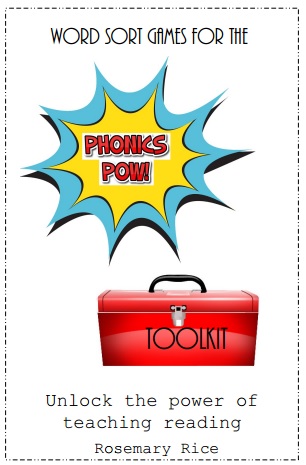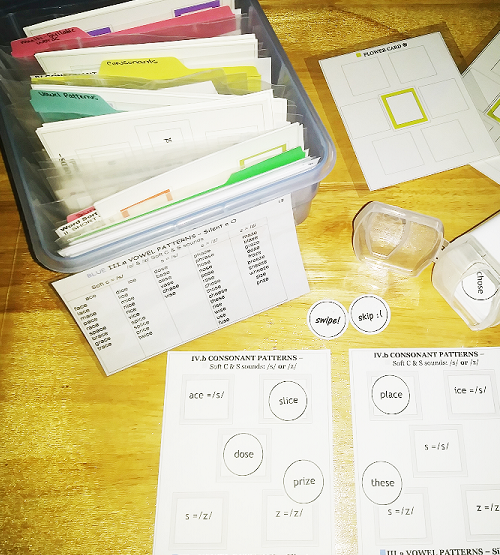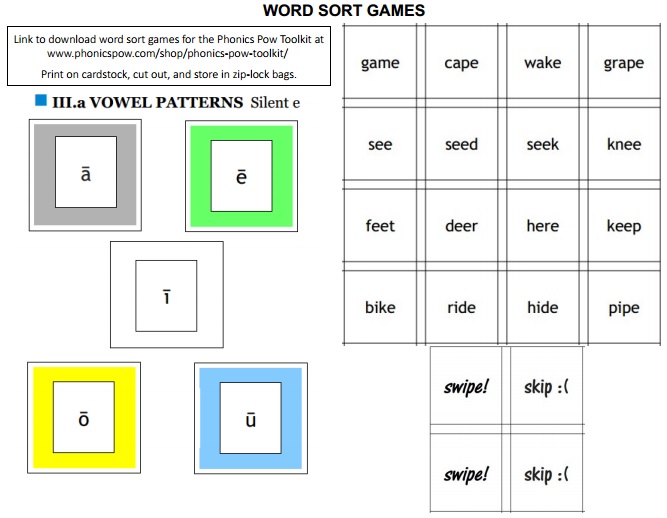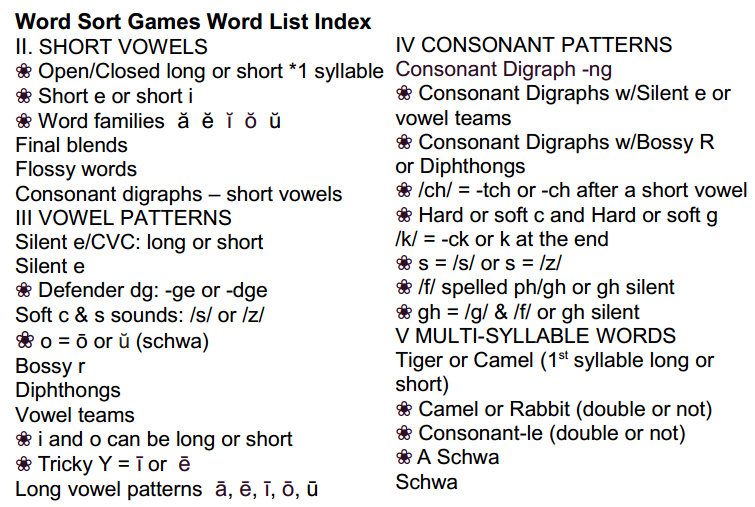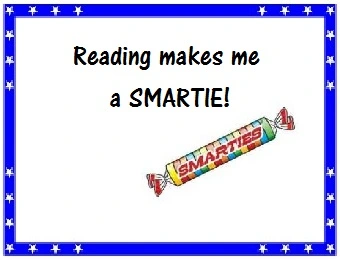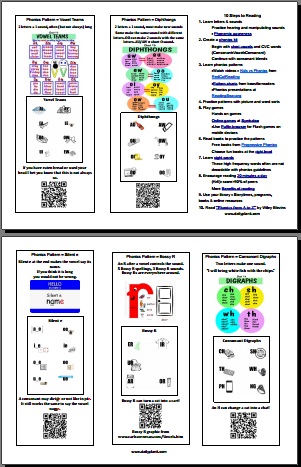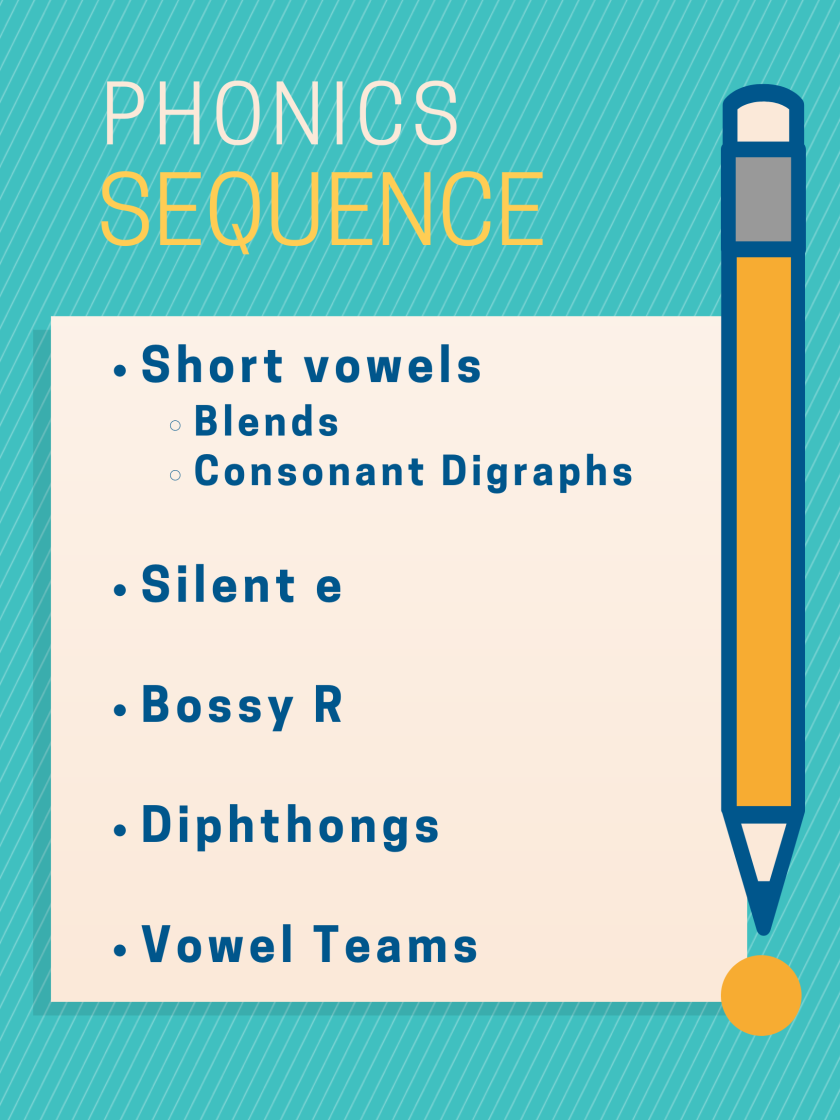
The sequence followed by different methods of teaching reading can vary. The Phonics Pow Toolkit is designed to help teachers teach, and students learn with a sensible sequence that builds on skills as they are learned. It is organized in five sections, with most sections having three parts (except the vowel pattern section, which has six). Color coding often provides clues, like the color RED (a CVC word with a short vowel) for the SOUND OUT WORDS section. As much as possible, one syllable words that include only patterns that have been learned are used until the final section. Strategies provide clues but there are many exceptions to learn.

Closed syllables often have a short vowel (with some exceptions). Open syllables have a long vowel sound, and are most often found in words with more than one syllable. However, there are some one syllable words that are open, like: he, me, we, no, go, and so. These are sight words that are frequently seen in written text, so introducing open and closed syllables with one syllable words is a good plan.
Blends are introduced next, with words that have a short vowel.
Consonant patterns are placed together in one section for convenience. Digraphs are a pair of letters that represent one sound. Consonant digraphs make new sounds, and may be introduced with words that have a short vowel at the end of the SOUND OUT WORDS section. Many words with consonant digraphs have advanced vowel patterns that have not been introduced yet, so those are covered as patterns are learned.
The schwa sound is usually a quick and weak “uh” that can be made by any vowel. It is often found in words with more than one syllable. However, there are a few one syllable words with the schwa sound like: of, from, and was. At the end of the silent e section, more is learned with words like “love” and “gloves,” which make the schwa sound instead of being long. The idea of schwa is introduced as a way that vowels can vary.
Learning Vowel Patterns begins with Silent e, then Bossy R, followed by Diphthongs and Vowel Teams. Vowel digraphs or combinations are separated into those that often make a long vowel sound (vowel teams) and those that make mostly new sounds (diphthongs). When diphthongs are introduced first, many of the remaining combinations make a long vowel sound. However, this is not always reliable, and there are many exceptions to learn about, so they are the last vowel patterns to learn. The final section includes Consonant-le syllables and more work with multi-syllable words.
I. GET READY
II. SOUND OUT WORDS
III. VOWEL PATTERNS
a. i & o can be long when followed by 2 consonants (find & lift the lost gold)
b. Tricky y, EA/EA, IE/IE, OW/OW
c. EI/EI, EY/EY, UI/UI, EI/IE, OUGH, Bossy R variations (Silent e vs Bossy R, Schwa, EAR, AIR)
IV. CONSONANT PATTERNS
V. MULTI-SYLLABLE WORDS
Phonics instruction that is systematic (presented in a logical sequence) and explicit (directly taught) has been shown by research to be beneficial in teaching reading. Learn more about the Phonics Pow Toolkit and how to be a super reading teacher.
Find many Super Tutor Tools and Resources for teaching reading.





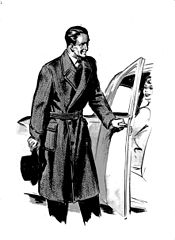

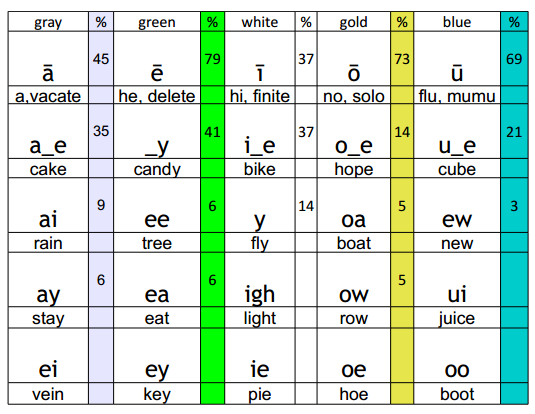
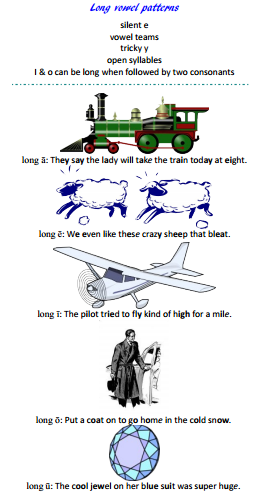






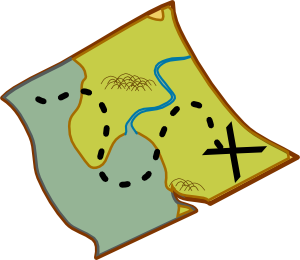


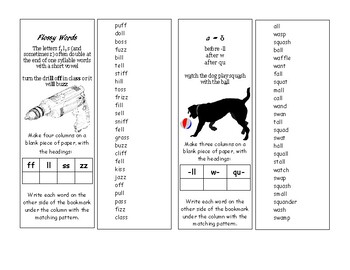 Learn about more ways that
Learn about more ways that 




 HARK CHART
HARK CHART





